Earth Day 2020: Reflections
Editor’s Note: Some of our GGBA staff and board have compiled their reflections on what Earth Day means to them and the actions we can collectively take to continue to protect the environment—and birds—we love.
Pam Young, Executive Director
I am very fortunate to be alive on another Earth Day, to take stock of our collective wellness, and recommit to foster actions that promote more biodiversity in every landscape, wetland, and seascape, big and little. My lodestar is native habitat. We need more of them. We need more clean air, more clean soil, and more clean water. From these actions, more habitat will follow, and healthy habitats that will help reduce the negative impacts of climate change.
Is Earth Day just a day on our calendar? Its meaning and value fraught with layers from politics, to religion, to economics, to no meaning whatsoever. Is Earth Day weighted down by sound bites and branding? Let’s take today to re-elevate Earth Day. Make today a real opportunity to celebrate the Earth, even if for a moment. Even if just to go birding.
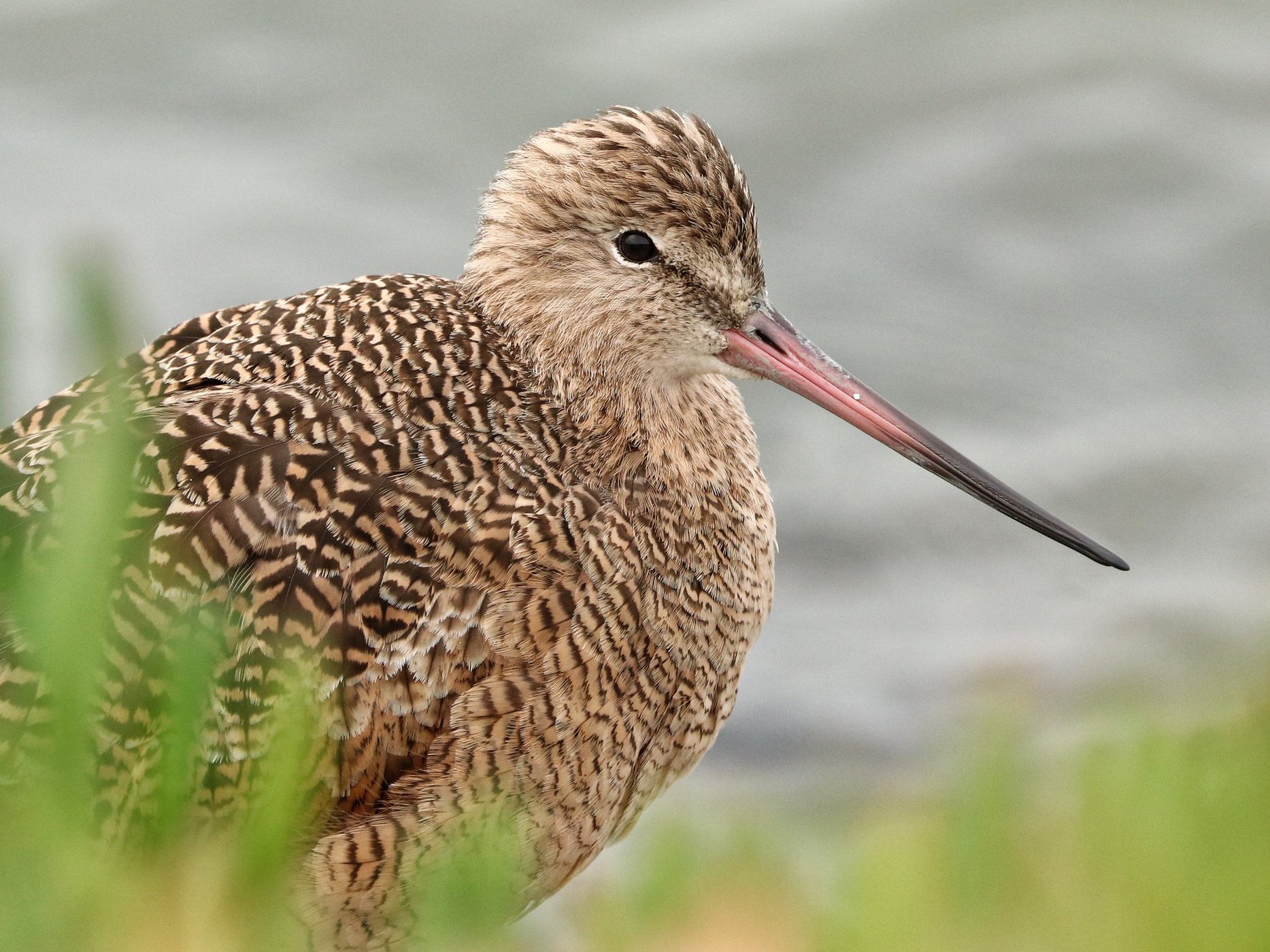
Let’s set aside that glaring reminder of the angst many of us share at what’s been plundered, abused, and killed by a thousand cuts.
Earth will prevail – with or without us.
From one of my favorite nature writers, Gary Lopez: “But for ….the keening of fifty species of birds, it is as quiet as the moon….you turn your cheek to the source of light and feel sheltered; you see amid the dwarf birch and dwarf willow at your feet speckled eggs cradled in birds’ nests. The grace so apparent in first life seems nowhere else so tender….”
I am in love with our Earth!
Melissa Ramos, Communications Manager
I still have a lot to learn about how to better care for our Earth. Today I am contemplating ways I can help our planet by taking actions such as reducing my plastic use and eating a predominately plant based diet. I am also reflecting on my own personal history. Like many Dominican-Americans, I too am descended from native Taino, Indigenous and African populations that once occupied the island of Hispanola (now the modern day Dominican Republic and Haiti). Although I am two generations removed from the Dominican Republic, I am more interested than ever in reclaiming my heritage. A large part of this is learning how Tainos loved and cherished the planet. It has been a true joy reading about how my ancestors tilled the earth, the sustainable foods they cultivated, how they interacted with each other and the oceans and lush rainforests, and the magnificent island they called home. I hope to uncover their wisdom somewhere within me.
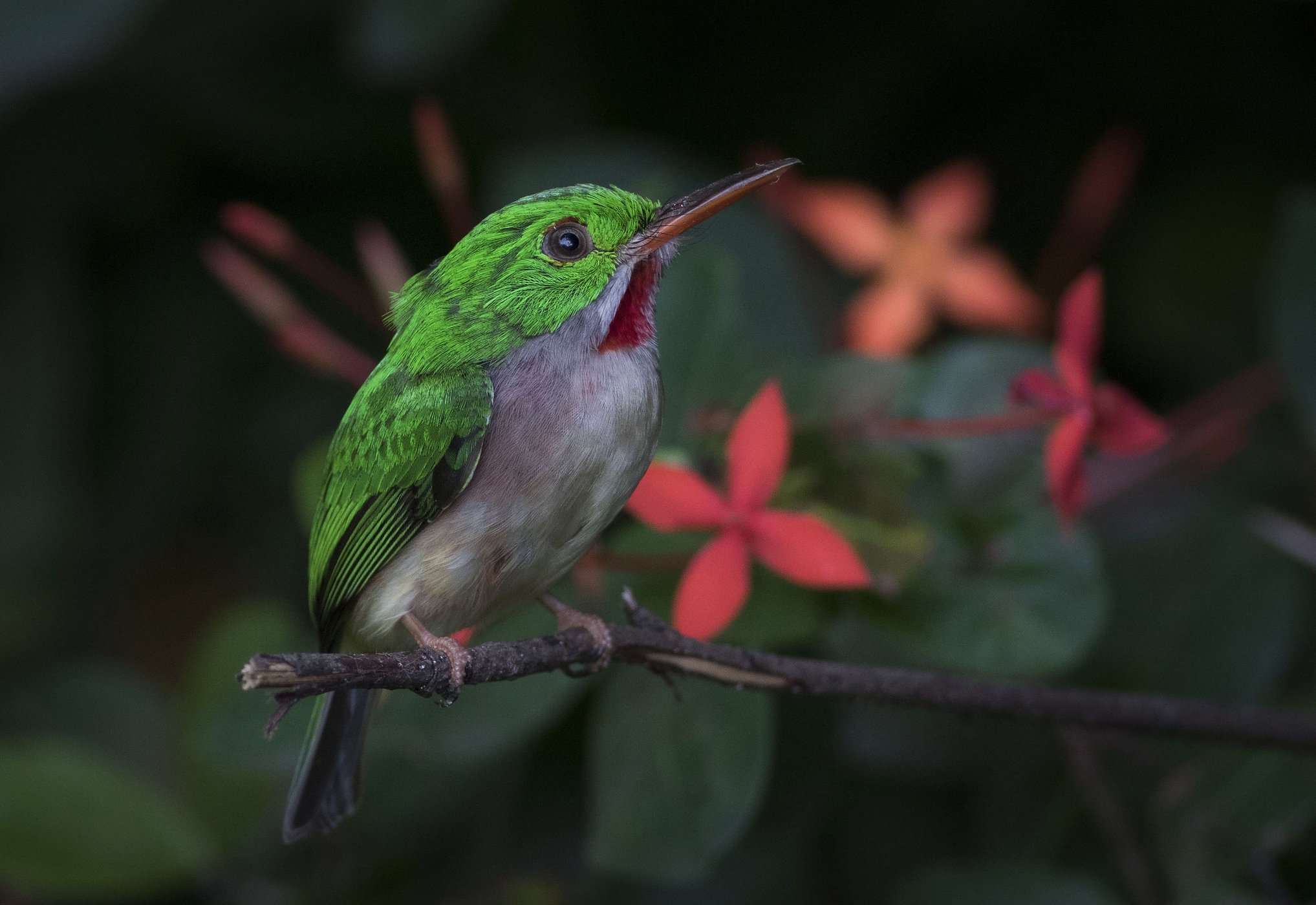
I think some of that wisdom comes in the form of appreciating the smallest details of our planet.
This quarantine has gifted me time to pause and reflect on the glorious, tiny miracles of the earth. These little details certainly would have passed me by in a “normal” day, traveling to and from places, and hustling about my daily existence, always going somewhere, never stopping. I feel invigorated every time I step outside now because I don’t have to rush to any particular place. I can take my time to see adorable ladybugs sauntering across empty sidewalks, snuggling Mourning Doves on a neighbor’s roof. I can admire the sheer miracle of our garden, where a tiny seed sprouts into bloom and delivers us abundant produce. I am pining (for the first time in my life) for a hikes, I am longing for a dive in a cold river on a sweltering day. I am seeking to disconnect from computers and cell phones and the onslaught news wrought with terrible headlines and endless anxiety.
Earth Day’s inception has brought us many hard won victories, not least of which is the time to deliberately reflect on the planet and our roles within the cycle of life. Earth Day has given us space to talk about difficult topics like consumerism, environmental racism, injustice toward animals, among other things. I hope we will continue talking and discovering solutions for these problems together. Although we face challenges ahead to bring ourselves into true alignment with the Earth, I feel immense gratitude for living on such a beautiful planet, a planet worth saving and worth protecting.
Clay Anderson, Eco-Education Manager
Ever since the shelter-in-place orders took effect, I have noticed that the nature near me is benefitting from having less people around. Now that there are fewer vehicles on the road, the air is cleaner. I went out for a hike a day or so after the order. I was surprised to see the EBRP’s Garin-Dry Creek was swarming with people. The park amenities (such as bathrooms) were closed, but the people were still there. Individuals and families.
On the shorter trails there were more hikers which doesn’t bode immediately well for nature with all of the stomping and walking; but the number of people who will appreciate this “forced” escape into nature will have probably increased two-fold. This bump in support is good for nature and natural spaces in the long run.

As I hiked the trail, marveling at the increased number of people, who apparently hadn’t been in a park in a long time, I noticed no one taking the extended hiking trials. I decided to take one since I like to get way out into nature. The further I walked the fewer people I saw. Although the increased number of people had a heavier impact on the ‘front country’ there was very little impact on the ‘back country’. Even better, there were fewer planes roaring overhead.
This slow-down theoretically allows people to cleanup their living systems and make them more efficient. Also seems people are working out more. More importantly, this extra time allows us to become more reflective, observant and aware of our environment. This can only lead to better connections and integration with the earth. And nature loves good integration.
Janet Carpinelli, Manager of Volunteer Services
I remember being very excited about Earth Day 1970 because it showed that the larger world was becoming more aware of the need to take care of our Earth. I was a junior in a suburban high school and a budding political activist.
My dad grew up in the small city of Yonkers, just north of New York City; he was a “nature lover” all his life. He had pigeon friends on the roof of the apartment building where his family lived and went for many nature walks in the local park. He passed on that love of the natural world to my two siblings and me.
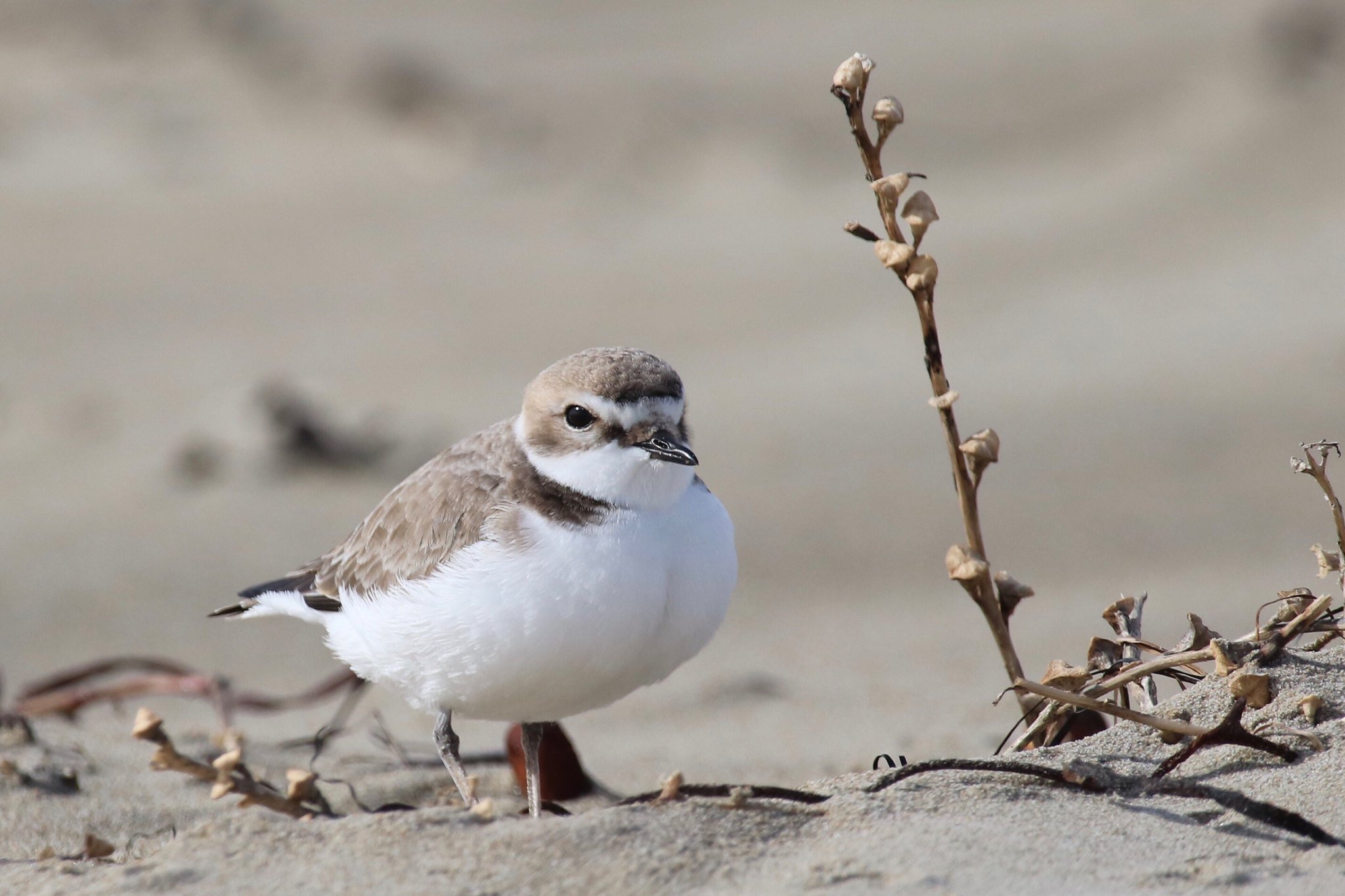
We were raised on Long Island, NY and spent many summer weekends camping, and days walking and swimming on Fire Island. It was fun and interesting meandering along the shoreline finding shells, wood, feathers and miscellaneous treasures for our ongoing family nature art projects. Picking up trash along the shore and dunes was always part of these walks—and we felt that we were giving a little service and thanks to Earth for sharing its goodies with us. Even our dog Rex picked up dozens of empty beer cans each time and brought them back to where we were sitting for the day. My siblings and I are still beachcombers and our homes are filled with great memories.
I am delighted to be able to share my passion for “beach combing” with our many GGBA volunteers who join us throughout the year in giving back to our Earth by joining us in shoreline trash pickup and habitat restoration.
Noreen Weeden, Former Manager of Volunteer Services (and current volunteer!)
Wow, it has been 50 years since Earth Day started. At the time I was in 5th grade and Mr. Hanson was my science and math teacher but I do not remember anything special at school. Walter Cronkite as a TV newscaster reported that Earth Day involved mostly young people, mostly white and mostly anti-Nixon. Students from southern Illinois designed and hand made the first the Earth Day flag. Young people raised awareness about pollution and called to make things better by establishing Earth Day. The clean air and clean water act and EPA followed.
Skipping forward many years to my experiences with Golden Gate Bird Alliance: GGBA started working with volunteers at Pier 94 on Earth Day in 2002. In 2007, Australia started raising awareness about environmental issues and protecting the planet with a one hour “lights out” called Earth Hour. Earth Day and Earth Hour have spread worldwide. GGBA connected Earth Hour to raise awareness about lights out for birds during spring migration. April then became “Earth month” when teachers, students and groups flocked to volunteer. It was overwhelming for GGBA due to limited resources to guide all of the volunteers. This year the virus cancelled that concern, but if your company or group is interested in volunteering, contact Janet Carpinelli to schedule a future event or make a donation.
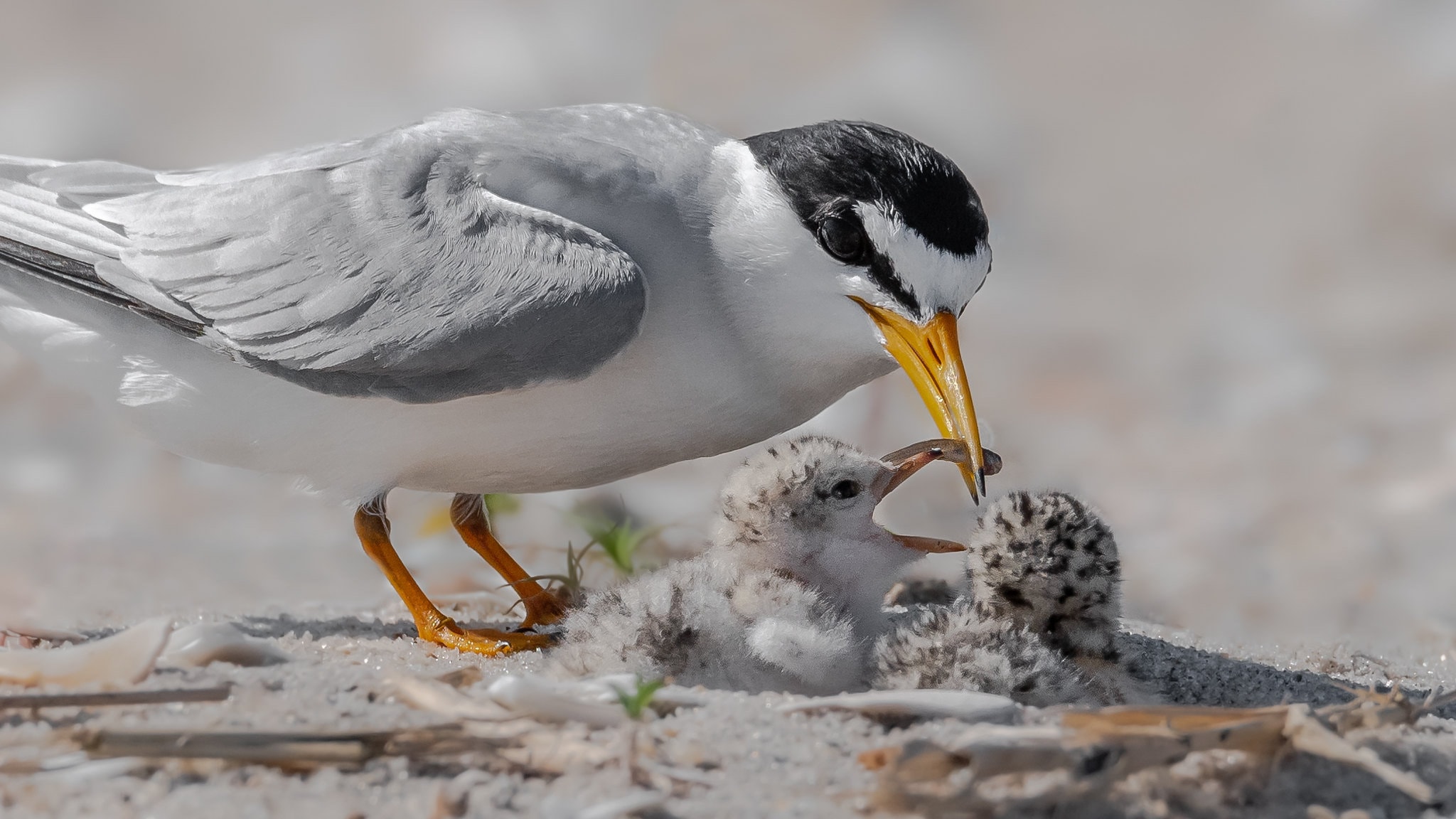
And now, Earth Day 2020? We now know we are in the midst of a biodiversity and a climate crisis. Instead of an hour or day of action about our environment, saving natural resources and birds, this must be the routine, not the exception. Here are simple ways to protect our earth in our diverse SF Bay Area community:
Where you live: With nearly 7000 native plants, an incredible 30% of those unique to the Golden State, California is a biodiverse hotspot on a global scale. Dedicate your vegetated space to beautiful local native plants for native birds, or if you have a patio or can tend to a potted plant, make it local native plants. If that is not an option, join GGBA in habitat restoration when they resume. Of course cats indoors and support bird safe buildings including your home.
What you eat: Buy local organic and sustainable foods. Like Mom said, take only what you need. Encourage beneficial predators as pest control — who doesn’t love a Barn Owl? If you drink coffee, make it a bird-friendly bean. Advocate for biodiversity, strong marine protected areas, and living shorelines to address climate change.
What you buy: Support local, sustainably sourced products. Recycle.
How you roll: Walk, ride a bike, take mass transit when feasible, and support clean energy.
By making these small changes together, we can all have a positive impact on our beloved planet.
Laura Cremin, Board Member
Earth Day always invigorates me. It encourages us to zoom out to the biggest known picture of life – our mother Earth, spinning through the cold, dark universe.
Earth’s biodiversity is astounding from this vantage. From up here in space, I can imagine the cumulative weirdness of every bird’s form and behavior unfolded across every niche of the planet – a nightjar camouflaging against a tree like a moth, or a New Caledonian crow manufacturing a hunting tool from a leaf template. It is jaw achingly beautiful, but these sensations quickly turn to pain when I pull my feet back onto the ground. The tree of life is in trouble. Earth Day gives a shared voice to our deepest concerns and prompts us to demonstrate support for environmental protection.
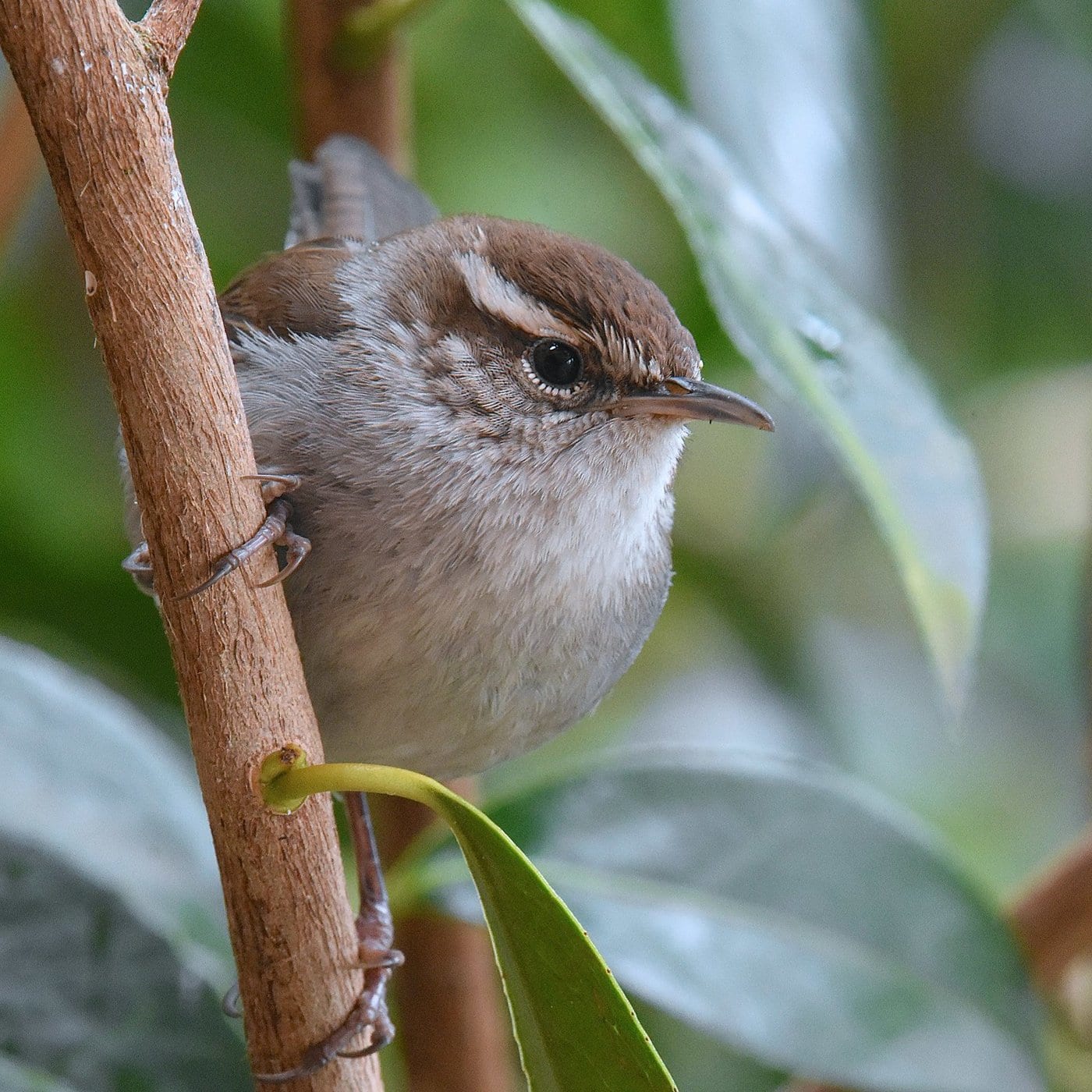
What big picture, then, do we have of the environmental movement? After the first Earth Day, major environmental legislation was soon to follow – the Endangered Species Act, the Clean Water Act, and the Clean Air Act. Has it really been nearly 50 years since any comprehensive environmental protections have passed, and even worse, that we are desperately fighting the same battles as though it is day one? It has now been over a 100 years since Audubon succeeded to help pass the Migratory Bird Treaty Act. My jaw continues to ache – but from grinding my teeth at night thinking about the evisceration of these protections, that some would say species do not have an innate right to existence, nor do we deserve access to clean air or clean water.
Our environmental problems have only become more increasingly complex.
I have a weird Audubon daydream – a Snowy Egret is perched on top of a fancy feathers lady’s hat, and plucks a plume off the brim. It extends its long, elegant neck out towards a cadre of Arctic species – a Rock Ptarmigan, a Snow Bunting, a Tundra swan – and passes off the plume to them. The message is clear – climate change is the biggest threat to biodiversity, and this is the torch we must now carry forward.
Here is more information about our staff and our board members. Happy Earth Day!
